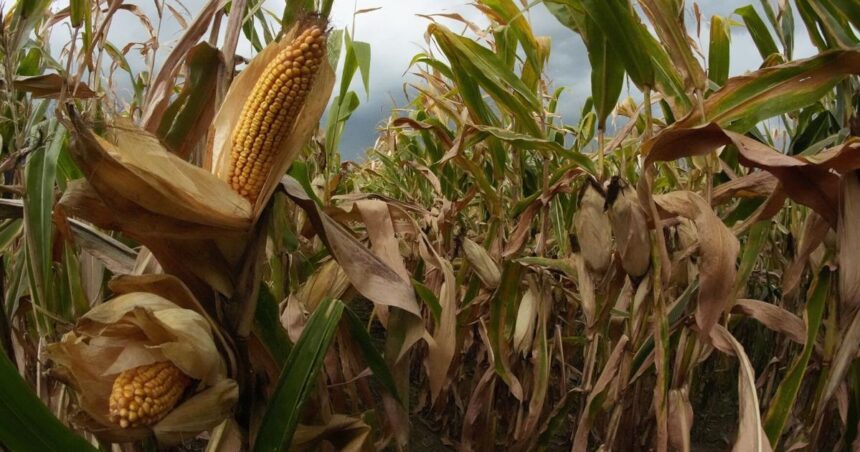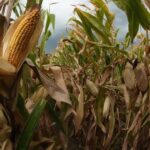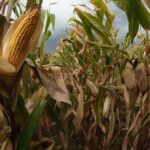The modern world emits over 50 billion metric tonnes of greenhouse gases annually. From the gasoline that fuels cars to the fossil-fueled power plants that electrify homes, the industrialized economy drives a significant portion of emissions. However, one of the largest contributors to global greenhouse gas emissions is one of the oldest traditions of human civilization: agriculture.
In the U.S. alone, there are more than 895.3 million acres of farmland, according to the U.S. Department of Agriculture. Working farms grow the crops and livestock that feed and clothe the world. As stewards of the land, many farmers have adopted innovations to improve everything from soil health to minimizing environmental impacts like erosion and water waste.
However, even more sustainable agriculture approaches can still leave a footprint, and the farm sector can vary in practices. Currently, agriculture represents 11% of all emissions in the U.S., and the vast majority of agricultural emissions are derived from animal agriculture. Findbusinesses4sale used data from the Environmental Protection Agency and Department of Agriculture to explore emissions intensity from agriculture across the U.S.
Most agricultural emissions aren’t carbon dioxide but other greenhouse gases: methane and nitrous oxide. Methane lasts a shorter time in the atmosphere, about 12 years, but it has a more potent heat-trapping effect, up to 30 times the amount of carbon dioxide. Nitrous oxide is even more powerful and a bit longer-lived, about 300 times stronger than CO2 and lasting just over a century. When calculating the combined effects of greenhouse gases, these gases are converted to carbon dioxide equivalents and added to actual CO2 emissions.
In 2020, carbon emissions worldwide averaged 6.3 tons per person, according to the United Nations. The U.N. estimates that figure could be reduced by 1.5 tons if people switched to a vegetarian diet; shifting to a vegan diet could reduce emissions even more, up to 2.1 tons per person.
Plant-based foods are still responsible for greenhouse gas emissions, though. Rice cultivation, often using flooded paddies, accounts for about 10% of global methane emissions. Research has shown that draining the fields more frequently could reduce rice-production emissions by half.
Growing crops to feed livestock is also a major source of environmental impact. Feed production alone accounts for 45% of emissions, according to the Food and Agriculture Organization of the United Nations. Fertilizers and soil management practices drive nitrous oxide emissions, accounting for 75% of all nitrous oxide emissions in the U.S.





